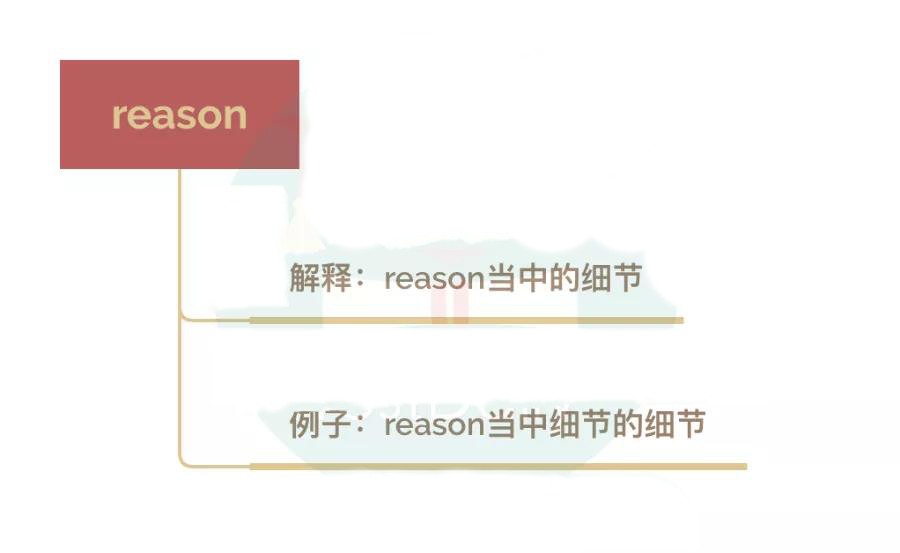托福独立口语无话可说怎么办?学会这几招你也可以滔滔不绝!
问:45s在什么时候最长?
答:在托福口语考试的时候。

明明平时是话痨一样的存在,beep一声之后,大脑就像被按下了暂停键—his palms are sweaty ‘knees weak ‘arms are heavy。这里面当然一部分原因是咱们的语言水平还有待提高,但是也有一部分原因是没有建立答题的“套路”。今天南京托福培训机构小编就给同学们介绍一套功夫:顺句驱动法,让大家能够在考场上滔滔不绝。
面对脑中空空的情况,同学们会有两种反应。
第 一种是疯狂输出:“我也不知道我在说什么反正我就是要把这45秒填满”;
第二种就是:“eh I think this …hm…I think that”。
这两种情况当然都不可取,因为输出的(或者没输出的)都是无效的内容。所以咱就是说,可以把这两种情况合二为一来处理。
无话可说第 一个原因,是原因想不到,思路的问题我们改天讨论。今天要解决的是有了reason之后的填充——一个更加重要的技能。因为一般来说,一个reason大家是能够想到的。如果填充做得好,一个reason可以讲到30s,加上main idea大概5s,第二句10s so easy。
顺句驱动
何为顺句驱动?我们来看一个例子。
Which teacher’s courses would you like to take? A teacher who is humorous or a teacher who is serious.
立场:Humorous teacher
原因:A humorous teacher’s class is interesting and can help us better focus on course content.
接下来就是见证奇迹的时刻了。很多同学到了第二句这里就乱了。要想保证我们能够稳定的输出,而不是看心情或者看题目发挥,我们应该有的放矢。第二句不是空想乱想,而是顺着reason出发,去解释reason当中的词/短语,比如Interesting, 比如better focus。
Interesting:tell jokes/connect theoretical knowledge with everyday life
Focus: pay attention to what the teacher is saying/listen to teachers attentively
第三句之后的内容,就可以来一个例子。例子也是顺句驱动。用细节重复前面的内容。
Take my economics teacher as an example. When she talks about markets, inflation, and other technical terms (对应theoretical knowledge), she often uses examples from our daily life like the price of fruits in different seasons(对应everyday life). Since we are interested in the examples, we do not want to miss any details of her lecture (对应pay attention to what the teacher is saying).
那么我们就得到了一个完整的reason。
A humorous teacher’s class is interesting and can help us better focus on course content. Specifically, he/she will connect theoretical knowledge with everyday life, and we will be more likely to pay attention to what the teacher is saying. Take my economics teacher as an example. When she talks about markets, inflation, and other technical terms, she often uses examples from our daily life like the price of fruits in different seasons. Since we are interested in the examples, we do not want to miss any details of her lecture.
我们来提炼一下其中的原理。其实理论高度概括就一句话:用更细的细节来重复前一句的内容。就像一个套娃一样,外面最 大的是reason,里面的是解释和例子。

如何找细节
那么问题来了,这个细节怎么找到呢?
去描述。用what, where, who, when, how, how much, how long描述前面一句话某些内容的周边。
再来一个例子,以2021年12月22日考试的题目为例:
In college, some students tend to regularly review their notes, while others like to review their notes just before tests. State your choice and explain why.
立场:review notes before tests
Reason:more efficient
细节:(how efficient)memorize things faster
细节的细节:(who,what test,how faster, memorize what)myself, economics test, memorize dozens of terms such as …in an hour the night before the test
我们来看看什么情况下使用什么描述。
情况一:需要解释的是名词
这个就简单了。列举what即可。
Some students prefer to make friends with people who are about the same age. Other students prefer to make friends with people of different ages. Which way do you prefer?
立场:same age
reason:similar interests and hobbies
细节:(what interests )music, sports, art
情况二:需要解释的是形容词
使用how系列。
Some students prefer to make friends with people who are about the same age. Other students prefer to make friends with people of different ages. Which way do you prefer?
立场:different ages
reason: older friends more experienced—give reasonable advice
细节:(how experienced)enter the workforce earlier than us, know more about social rules
情况三:需要解释的是动词
how和what结合。
Do you agree or disagree with the following statement? Intelligence is the deciding factor of a student’s success in school.
立场:agree
reason:intelligence helps a student achieve better academic performance.
细节:(how it works, what performance)smart students understand course content more quickly, finish assignments easily, higher score in exams
PS:那有的同学又问了,如果这个细节我就是想不到呢?确实,正面思考要求我们打破砂锅问到底——这与我们日常思维习惯是相悖的。还有一个方法,用反面解释。
依旧以2021年12月22日的题目为例。
立场:review notes before tests
Reason:more efficient
反面解释:if regularly review, do not feel the urgency, can only remember a small amount
反面解释的细节:economics test, review terms every night a month before the test, forget most of them the next day
这个方法今天就不再展开啦,我们下期再来介绍。
总结
解决独立无话可说的秘诀(之一)就是顺句驱动:后一句永远从前一句出发,为其提供更细节的论述。
当然,这套方法正如很多其他的输出项方法一样,知道了≠能做到。还是需要通过一定量的刻意练习才能熟练掌握。















